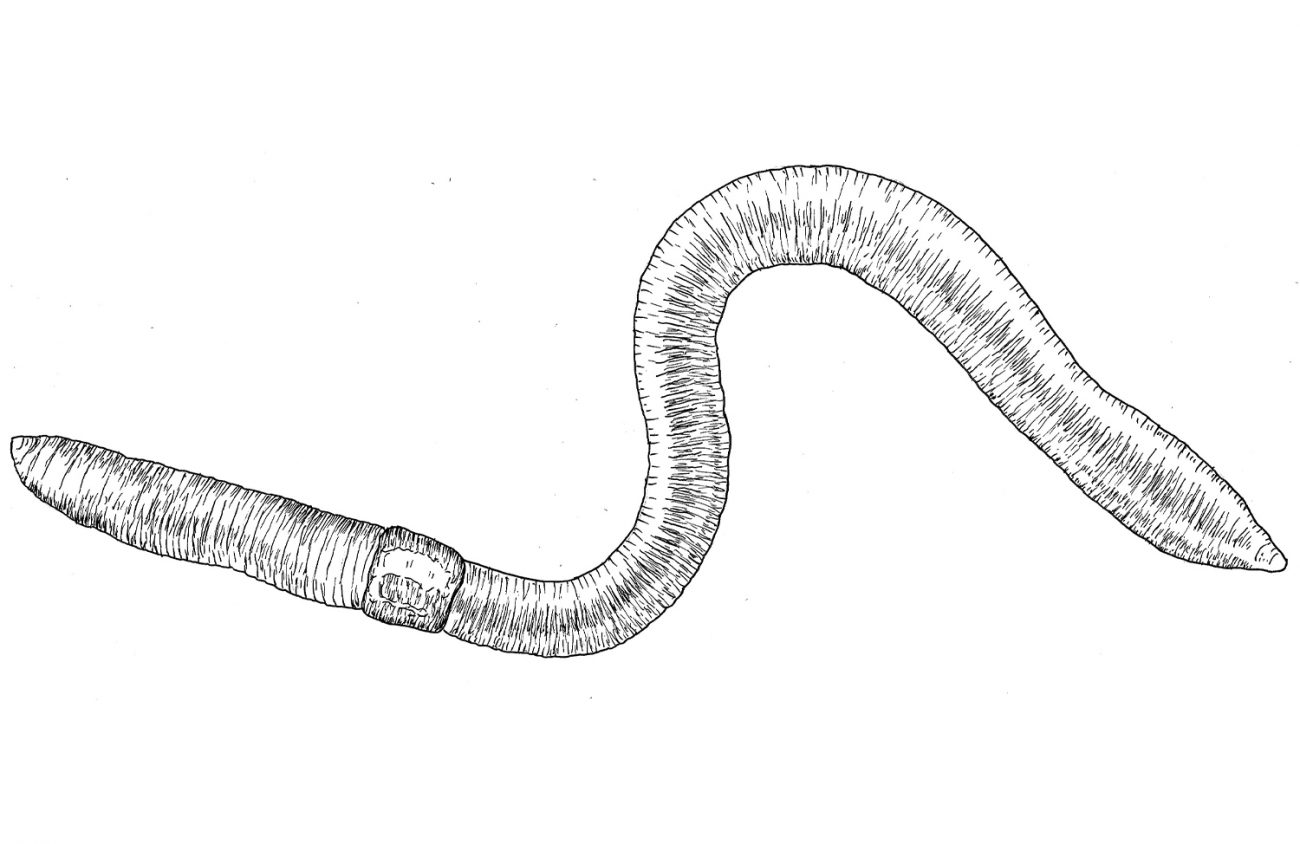The January column featured one of our nastiest garden pests, European red slug. It’s an exotic, invasive species. I return here to discuss another abundant, nonnative garden invasive that was mentioned, the humble European nightcrawler. It stands out as having a positive impact in our gardens. Whereas slugs are easy to find, photograph and draw, making an earthworm drawing had to wait for a good, warm, night rain to drive them out of the ground to breathe. They litter the streets the next morning, trapped by curbs. On such mornings, robins are delighted.
Native earthworm diversity in the Pacific Northwest is sparse. Even though the Oregon giant earthworm is well known as one of the world’s biggest earthworms, growing to more than three feet long, it is extremely rare. Pleistocene glaciation of lowland soils is believed to have reduced our native earthworm inventory to fewer than a half dozen species.
Charles Darwin is the godfather of earthworm appreciation. His final book, The Formation of Vegetable Mould Through the Action of Worms, was published the year before his death in 1882. He had been studying earthworms for more than 40 years, once figuring there were 53,767 earthworms per acre recycling soil in farmland. As in all his evolutionary works, he showed how earthworm’s slow, nearly imperceptible changes develop dramatic effects over long periods of time. He even observed how stone monoliths (like at Stonehenge) are gradually buried by earthworm activity.
Just as earthworm migration has dramatically changed our landscape, likewise has ongoing human migration.
David Wagner is a botanist who has worked in Eugene for 40 years. He teaches moss classes, leads nature walks and has published his 2020 Oregon Nature Calendar. It is available at Down to Earth in Eugene or by contacting him directly at fernzenmosses@me.com.
